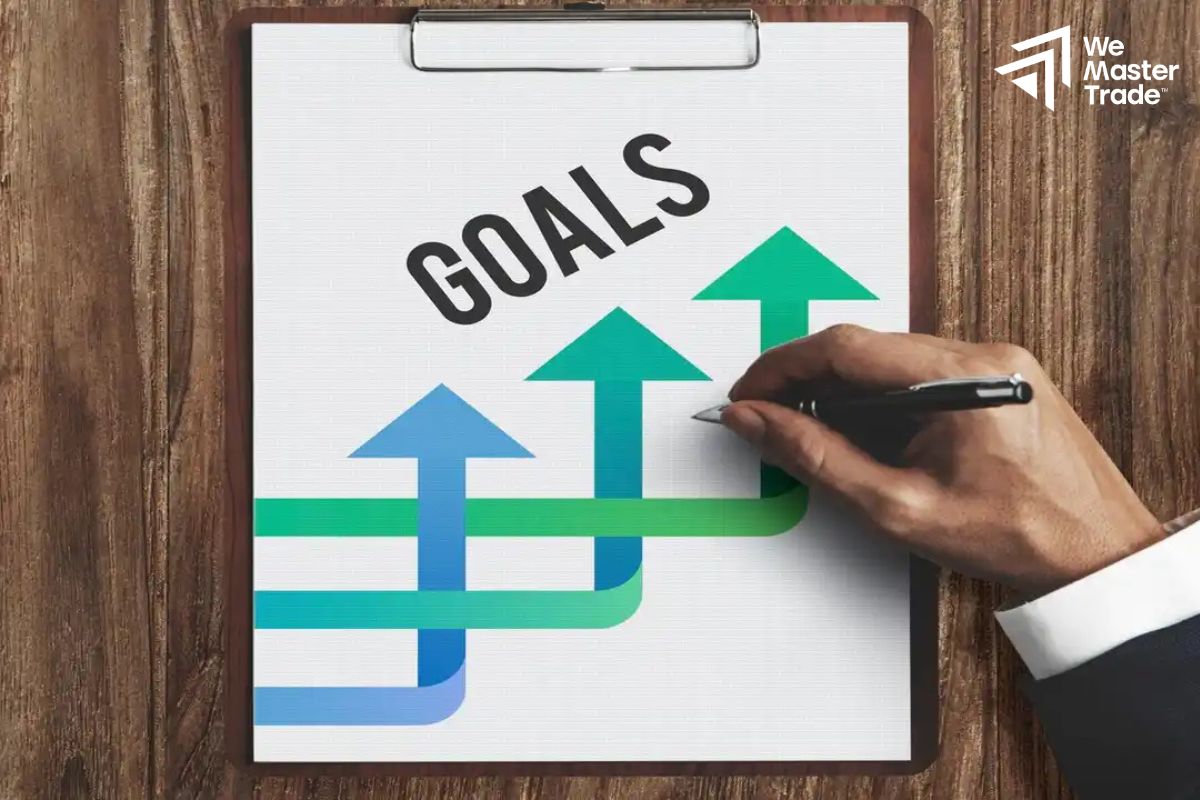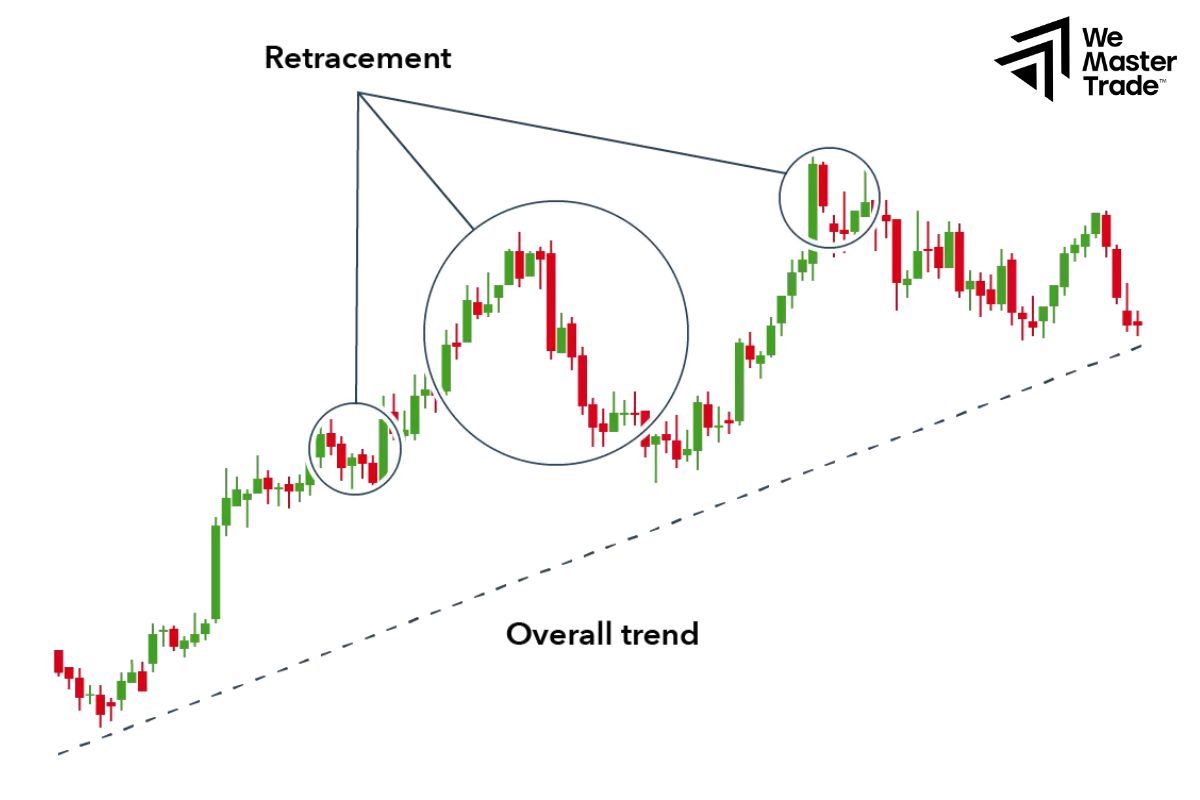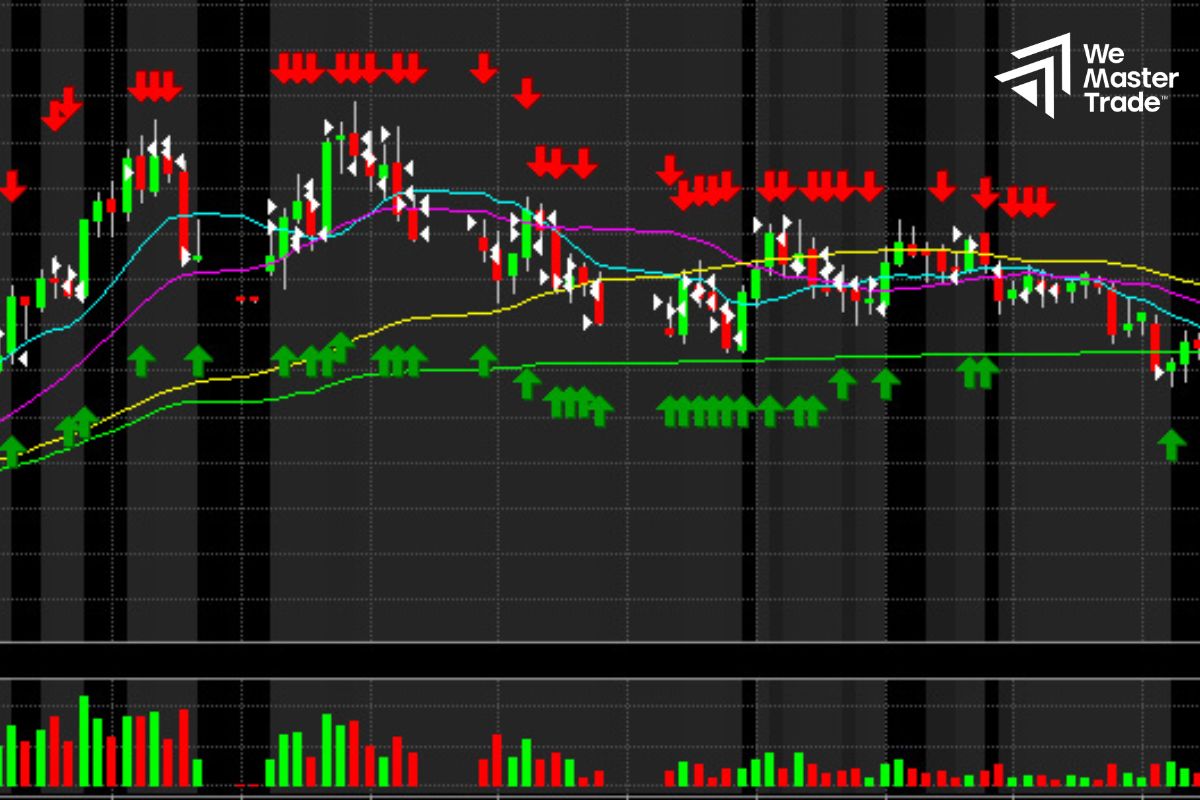In the increasingly competitive financial world, prop firms have become an attractive choice for traders who want to develop their careers in a professional and systematic way. However, success does not come from luck. What distinguishes a failing trader from one who can maintain a funded account over the long term is the ability to optimize prop firm investment decisions.
This article will help you build a logical, systematic mindset and strategy to make sound, sustainable investment decisions in your trading journey with a prop firm.
See more:
- Prop Firm Trader Interviews – A Practical Perspective
- The Most Effective Prop Firm Trading Trends Nowadays
- Prop Firm Trading Quality: Things to Remember!
Systematizing the Prop Firm Investment Decision-Making Process
For the process of investing in a prop firm to be as effective as expected, successful traders often systematize their investment decision-making process as follows:
Define clear investment goals

Before choosing any prop firm, a trader needs to answer the question: “What do I want to achieve with this investment?”
-
Seeking quick profits or long-term growth?
-
Wanting to trade part-time or professionally?
-
Able to withstand drawdown pressure and maintain discipline?
Clearly defining your goals helps you optimize prop firm investment decisions right from the start, thereby choosing the type of account, strategy, and level of risk that suits you.
Analyze each prop firm’s operating model
Not all prop firms are the same. Some require passing a 2-step challenge, others offer Instant Funding accounts. Some are strict with news trading, others are more flexible.
To make optimal investment decisions:
-
Read the rules on drawdown (daily, max) carefully
-
Check costs (challenge fee, refund, violation fee)
-
Assess payout time and profit split ratio
-
Consider support tools: dashboard, analytics, community
Understanding the model helps traders optimize prop firm investment decisions according to their circumstances instead of being passive during trading.
Set up a suitable strategy

A good strategy is not only effective but must also comply with the prop firm’s rules. For example:
-
News trading strategies suit firms that have no news trading restrictions
-
Scalping requires firms with low spreads and EA allowance
-
Swing trading needs comfortable drawdown and no time limit for holding trades
To optimize prop firm investment decisions means you need to adjust your trading system to “fit” the operating environment. Don’t force your strategy into a model that doesn’t support it.
Plan risk management before spending money
Before purchasing any account, you need to:
-
Calculate the maximum number of trades per day
-
Determine position size for each setup (by % of capital)
-
Set daily/weekly stop-loss thresholds
Optimizing prop firm investment decisions cannot be separated from risk management. Without a solid risk system, you will break the drawdown limit even if your strategy is correct.
Backtest and forward test seriously
Many traders invest in prop firms but lack seriousness in testing their strategies:
-
Not testing enough trades
-
Not checking performance across multiple timeframes
-
Not measuring the success probability of each setup
A smart investment decision is one based on data. Before using real money, verify with demo or backtest at least 100 trades. This is the golden rule for optimizing prop firm investment decisions.
Assess psychology and adaptability

Trading with a prop firm is a high-pressure game. You must have strong discipline to avoid revenge trading, overtrading, and know when to step away.
Some tips to prepare your mindset:
-
Trade during fixed hours
-
Set a maximum daily loss limit
-
Don’t try to “recover losses” after a losing streak
Mental stability is the decisive factor that helps you optimize prop firm investment decisions in the long run. Don’t underestimate this factor.
Review performance after each capital round
After reaching funded status or receiving a payout, you need to review the entire process:
-
Actual win rate vs. expectations
-
Actual risk vs. allowable limits
-
Which strategies worked best
Analyzing each investment round helps you continuously improve your system. Each new round is an opportunity to optimize prop firm investment decisions better than before.
Common Mistakes to Avoid to Optimize Prop Firm Investment Decisions
Even experienced traders can easily make mistakes when working with prop firms. Below are common errors, with real examples to help you clearly visualize and avoid repeating them:
Trading too much just to quickly reach the payout target

Real situation: A trader, after getting funded with $50,000, increased trading frequency from 3 trades/day to 15 trades/day in hopes of reaching payout in the first week. Result: After only 2 days, the account violated the daily drawdown due to consecutive small losses.
Advice: Prop firms value stability, not speed. The optimal way is to maintain steady performance without being swept away by short-term expectations.
Ignoring the “small” terms
A trader held a trade through news even though the firm’s FAQ clearly stated “no holding trades during major news releases.” Even though the trade was a win, the account was reset due to violation of the rules.
Advice: Read all rules carefully, not just payout or fee sections. Many accounts are lost not because of losing trades but due to misunderstanding the rules.
Chasing “hot” firms without assessing compatibility
Situation: A community was buzzing about Firm A with a 90% payout ratio. Trader B switched to try but was eliminated after 3 days because the firm did not allow scalping — which was his main strategy.
Advice: Optimizing prop firm investment decisions is not just about choosing a popular firm but choosing one that matches your trading style.
Not recording data to evaluate performance
Situation: Trader C was repeatedly eliminated in the 2-step challenge phase but did not save his trading history to analyze the reasons. After 4 failures, he still did not know at which stage or time he usually lost.
Advice: A trading journal is not optional — it is a must-have tool if you want to grow.
Conclusion
In short, optimizing prop firm investment decisions is a systematic process, starting from personal goals, choosing a suitable model, to building a strategy, checking data, and maintaining mental stability. There are no shortcuts in prop trading. But with the right mindset and optimized process, you can turn other people’s capital into the foundation for your own financial career.
See more:











